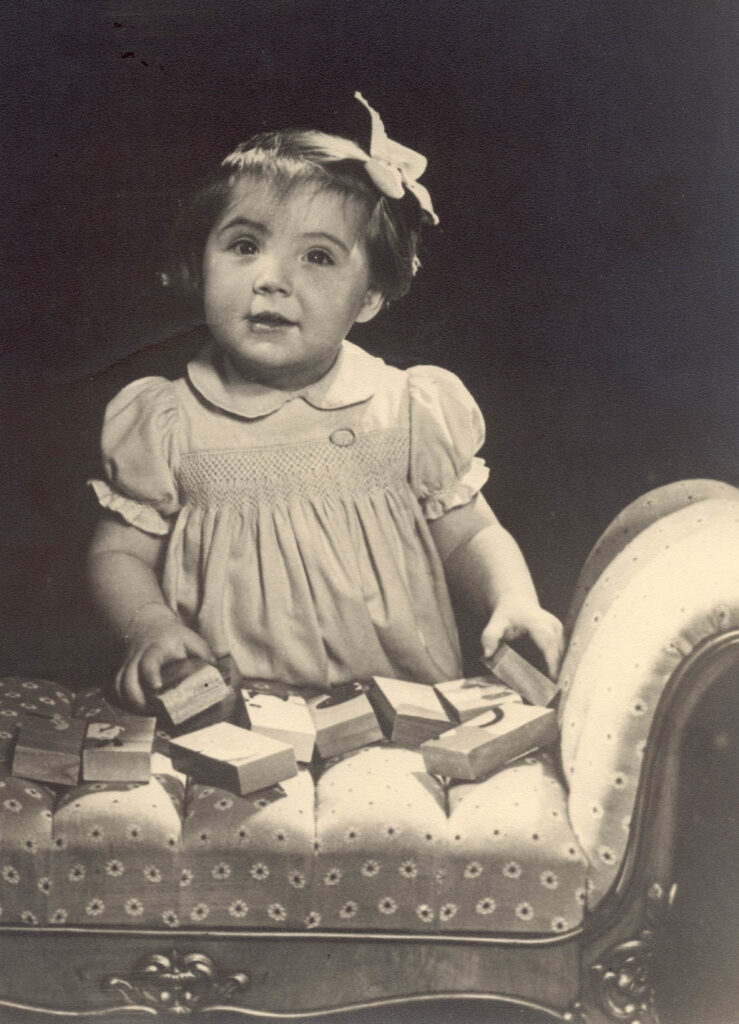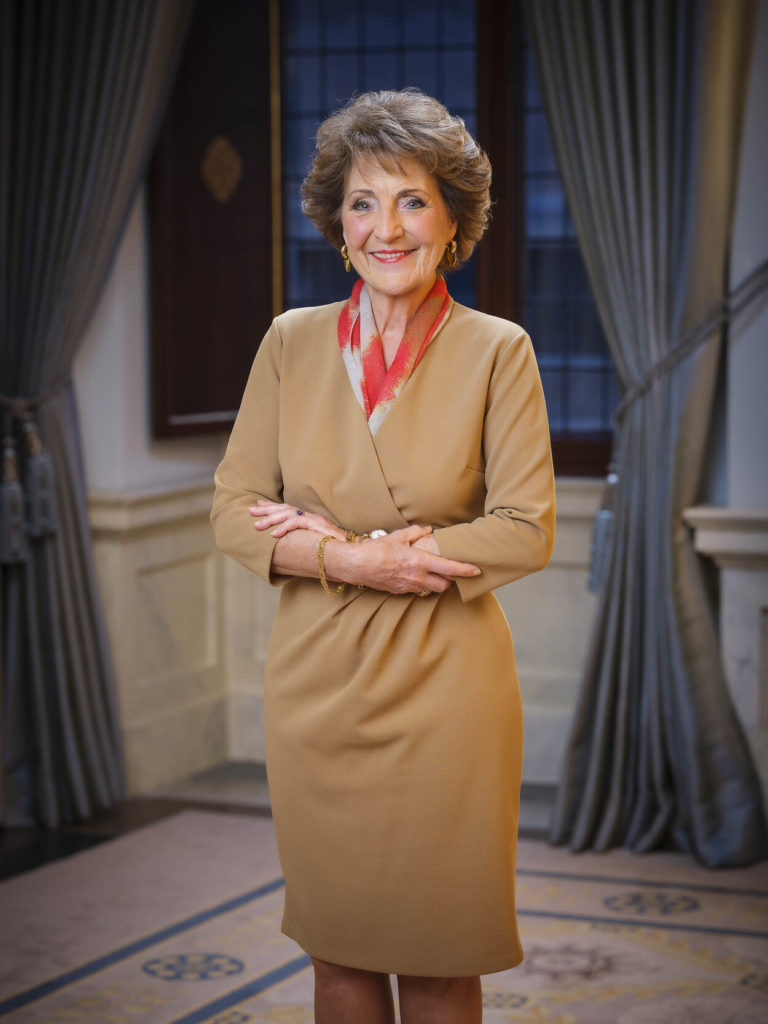
Princess Margriet celebrates her 80th birthday today, and the story of her birth has served as a wonderful reminder of the friendship between the Netherlands and Canada.
When Princess Margriet was born in 1943, the world was in the throes of the Second World War. Queen Wilhelmina was evacuated to London, where she ran a government-in-exile with the help of her son-in-law Prince Bernhard.
Her heir, Princess Juliana, and her young children, Princesses Beatrix and Irene, were evacuated to Canada, where they set up residence in Ottawa at Stornoway, the official residence of the leader of the Opposition.
The family had lived there since 1940, and Princess Juliana found herself pregnant for the third time in 1942. As she was living in Canada at the time, and given that primogeniture at the time meant that if she delivered a son, he would immediately become second-in-line to the throne, the issues surrounding the birth of a potential monarch came to the fore during Princess Juliana’s pregnancy.

As the Netherlands’ citizenship is derived on the principle of ‘Jus sanguinis’—namely, that citizenship is determined by the parents’ nationality—so long as Canada declared a temporary extraterritorial location for Princess Juliana to deliver her child, that child would be a Dutch citizen only and able to inherit the Dutch throne.
Canada, meanwhile, derives its citizenship on the principle of ‘jus soli’—namely that where you are born determines your citizenship. If you are born in Canada despite your parents not living there (namely, if a child is born on a Canadian vacation, that child has Canadian citizenship).
On 26 December 1942, King George VI, in his role as King of Canada, declared that when Princess Juliana delivered her child, the location would become temporarily extraterritorial to ensure that the child’s citizenship would be derived from her.
Had this not occurred when Princess Margriet was born, she would have been subject to the birth laws of Canada, which would make her a Canadian citizen and a subject of the British Crown.
As a result of this proclamation, Princess Juliana and her child would also receive immunity from any criminal, civil and military jurisdictions when the time came to deliver the baby.
On 19 January, Princess Juliana went into labour, and the maternity ward of the Ottawa Civic Hospital in Canada’s capital city was temporarily extraterritorial. Four rooms were granted to the future queen for the birth—for herself, the baby and the security team.
That day, Princess Margriet Francisca was born, the third daughter of Princess Juliana and Prince Bernhard. She was born fourth in line to the throne (as of her 80th birthday, she is eighth in line). For the first time in Canadian history, a foreign flag was raised at the Peace Tower in Ottawa, and the Dutch national anthem was performed by the bells.
To this day, Princess Margriet is the only royal to have been born in Canada.
After Princess Margriet’s birth, Canadian citizens seemed drawn to supporting the Dutch cause more than ever. Donations increased, and Princess Juliana and her family were seen as symbols of family, hope and resistance. She always spoke of how Canadians were nice to the family, sending them gifts and well-wishes.
In 1944 and 1945, Canadian soldiers played key roles in helping to liberate the Netherlands, eventually succeeding in May 1945. As a thank you to Canada, Princess Juliana sent 100,000 tulip bulbs to the city of Ottawa that year. The following year, she sent 20,500 tulip bulbs; in 1947, she sent 10,000 and committed to sending 10,000 bulbs every year thereafter.
The tulip became a symbol of Ottawa due to Princess Juliana’s intervention, and perhaps the most permanent reminder of this enduring friendship is the Canadian Tulip Festival, held annually to celebrate Canada’s role in liberating the Netherlands during the Second World War, but also to celebrate the ties with Princess Margriet and the Dutch Royal Family.
Both Queen Juliana (she ascended to the throne in 1948 after her mother abdicated) and Princess Margriet have attended the Ottawa Tulip Festival throughout the years.

Throughout her long life, Princess Margriet has frequently visited Canada (most recently in 2022, for a visit that had been scheduled for 2020 but cancelled due to the pandemic, to mark the 75th anniversary of the Liberation of the Netherlands).
On a 2017 visit to Ottawa, Princess Margriet said of Canada: “I was born in Canada, so somehow, quite naturally, I feel strongly attached to my place of birth. Being in Canada gives me a sense of being home, my second home. Canada’s hospitality towards my family, Canada’s pivotal role in our liberation from the Nazis and the Dutch emigration to Canada—especially in these parts—formed the foundation for the special bonds between our two countries. In their contribution to bring us peace, many of your servicemen have paid the ultimate price for our freedom. Our deep-felt gratitude has remained, won’t diminish, and will remain forever.”

